
An Introduction to Russian Porcelain
By Amy V. Lewis
If you'd like to shop for fine Imperial porcelain tableware, click here.
If you'd like to shop for fine Imperial porcelain animals, click here.
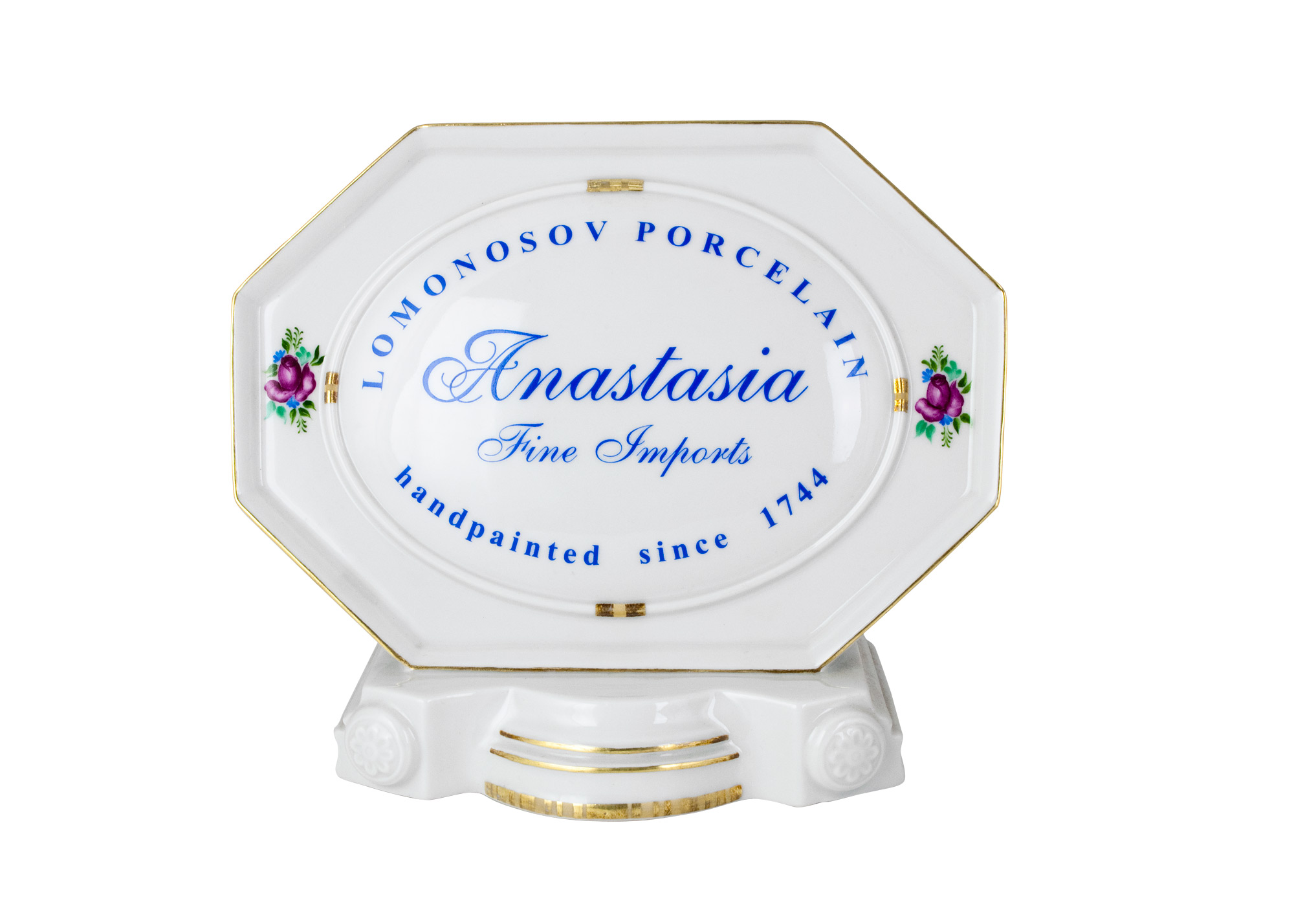
Golden Cockerel is now proudly offering the finest porcelain Russia has to offer. These Russian porcelain animals and tea sets are handmade at the Imperial Porcelain Factory in St. Petersburg, Russia. Some may know (and still refer to) this company by its old Soviet name, the “Lomonosov Porcelain Factory.”
The Imperial Porcelain Factory was founded in 1774 by Empress Elizabeth. A patron of the arts, Elizabeth also commissioned such baroque architectural projects as Russia’s Winter Palace and Smolny Cathedral.
General
Porcelain is highly sought after for its beauty and strength. How strong can porcelain get? Consider the fact that many dental bridges, crowns, and veneers are made from porcelain.
Porcelain is essentially pottery made of kaolin, a white colored clay, and other raw materials. Its name comes from the old Italian word for the cowry shell, which porcelain slightly resembles. The clay is formed, decorated, glazed and fired to make a porcelain work of art.
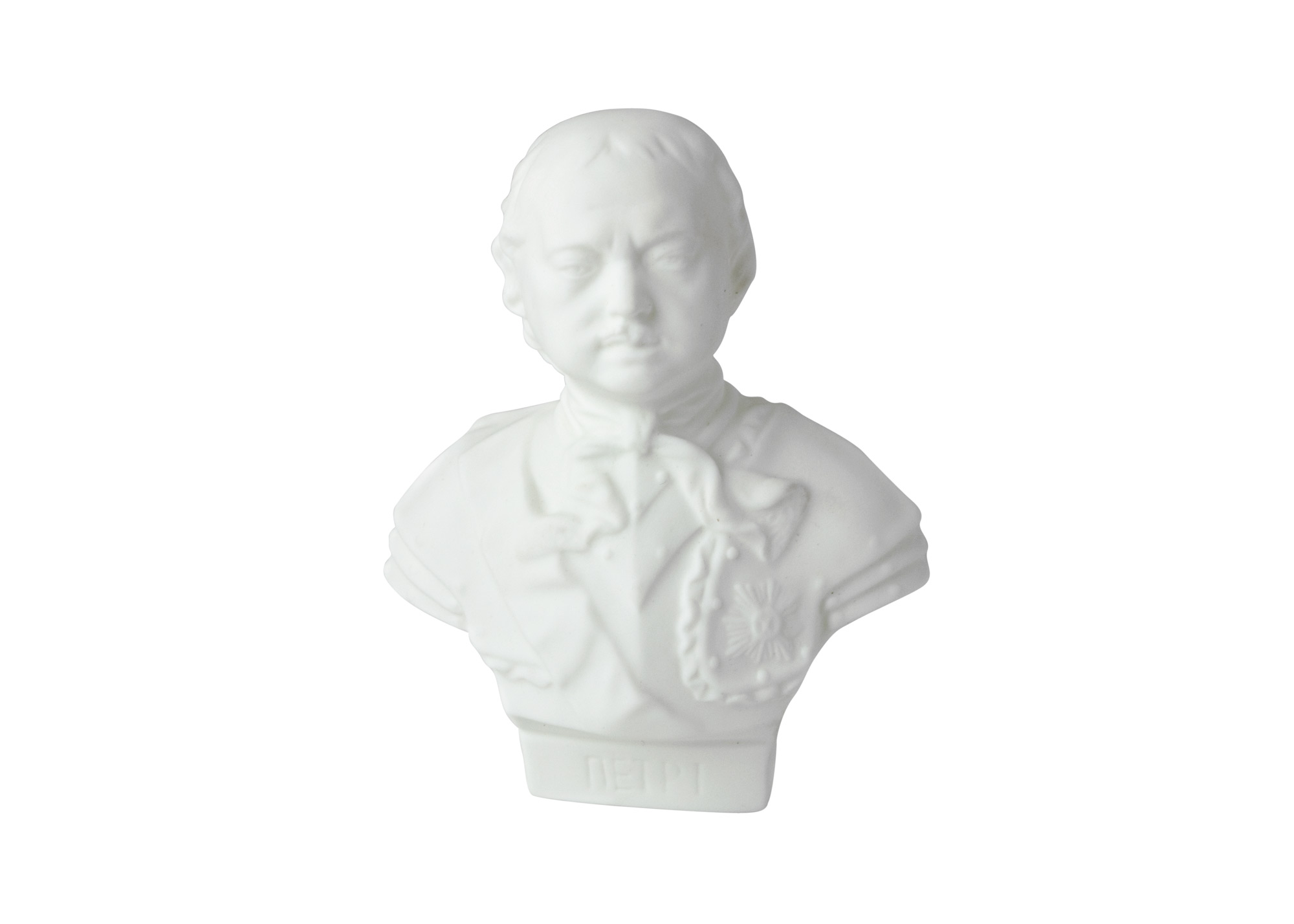
Porcelain is sometimes referred to as “fine china” because China is where it was first produced. For years, the secrets of porcelain production were very well kept. Because of this, the costly product was often referred to as “white gold.” Many believed the substance was magical and that porcelain tableware would change color when filled with poisoned food or drink. This made it very popular among royalty, including Russia’s czars. Empress Elizabeth was so eager to find a means to porcelain production that she is said to have chained the factory director to the kilns, forced to eat and sleep there until the recipe was perfected.
Many Names
For 100 years, the factory produced porcelain solely for the ruling family and Russian Imperial Court. Thereafter, it took on the name Imperial Porcelain Factory and began selling its wares to the public. The factory underwent its first of several name changes in 1917, when the Russian monarchy was overthrown. Renamed “State Porcelain Factory,” it began producing political propaganda plates and figurines.
In 1925, it was renamed again in honor of Mikhail Lomonosov, a scientist, poet, and artist who helped improve porcelain manufacturing techniques. Now called the “Lomonosov Porcelain Factory,” it began producing collectible animal figurines and dinner sets. One longtime best-selling china pattern is “cobalt net,” featuring cobalt blue intersecting lines and teardrops with gold accents. The pattern was inspired by a tea set made for Catherine the Great. It was the dream of many Russians to own such finery. Other popular tableware themes include flowers and landscapes.
In 2005, the factory finally took back its pre-Soviet name, the “Imperial Porcelain Factory.”
Whatever you call it, there is no disputing the fact that the Imperial Porcelain Factory is one of the world’s leading authorities on porcelain production. Their handmade tea services, dinner sets, and figurines are highly collectible.
Dating Your Piece
The company’s logo has changed over the years as well, so you should be able to determine a bit about the age of your porcelain based on this. Earliest pieces bear a red “LFZ” monogram. In 2002, the logo’s color switched to blue. Pieces made after 2005 are marked "Imperial Porcelain, 1744, St. Petersburg," with a double-headed imperial eagle.
3 Types of Porcelain
There are three types of porcelain that Imperial Porcelain uses: soft, hard, and bone. Soft porcelain is for statues and figurines, hard for dishware, and bone for very thin but strong pieces. Strength depends on the concentration of various minerals in the clay.
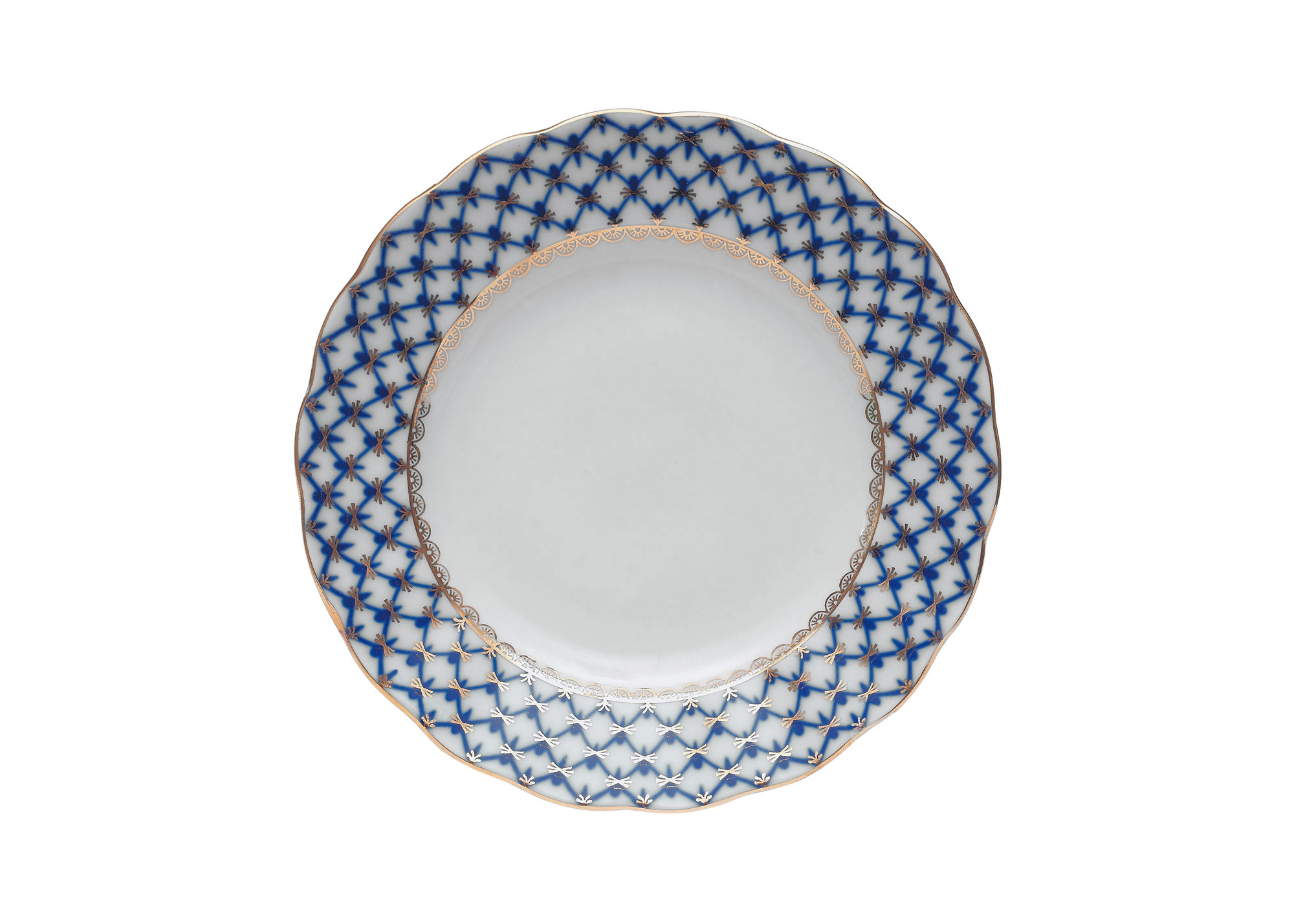
Hard porcelain can withstand heat better than any other kind. When it is fired at high temperatures, the clay and glaze become fused together. When a hard piece of porcelain is broken, it is impossible to tell where ceramic begins and glaze ends.
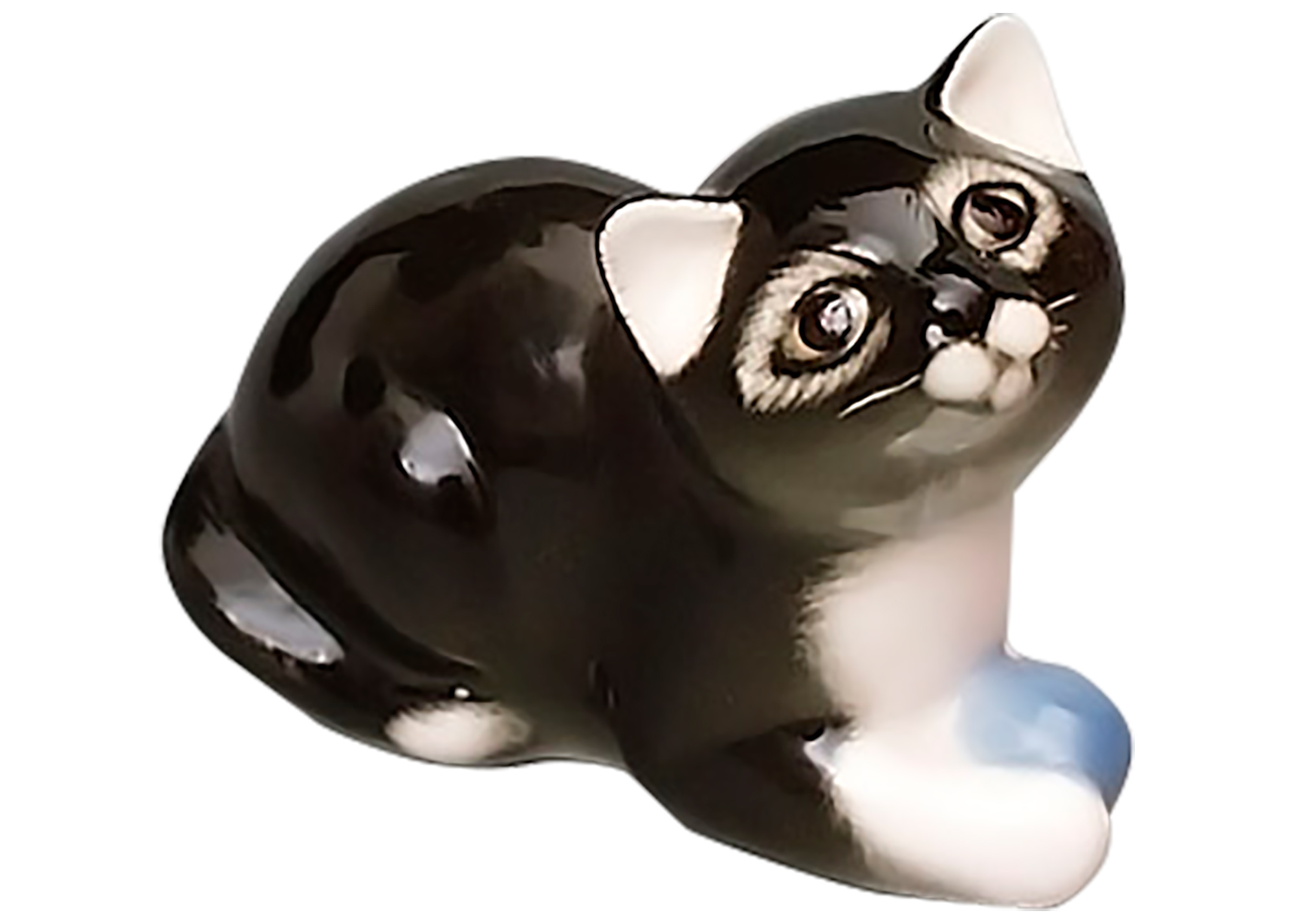
Soft porcelain is fired at lower temperatures. Breaking a soft porcelain piece would reveal somewhat grainy earthenware covered by glossy glaze. While hard porcelain will be pure white, soft has a warm buttery color that many porcelain enthusiasts find preferable.
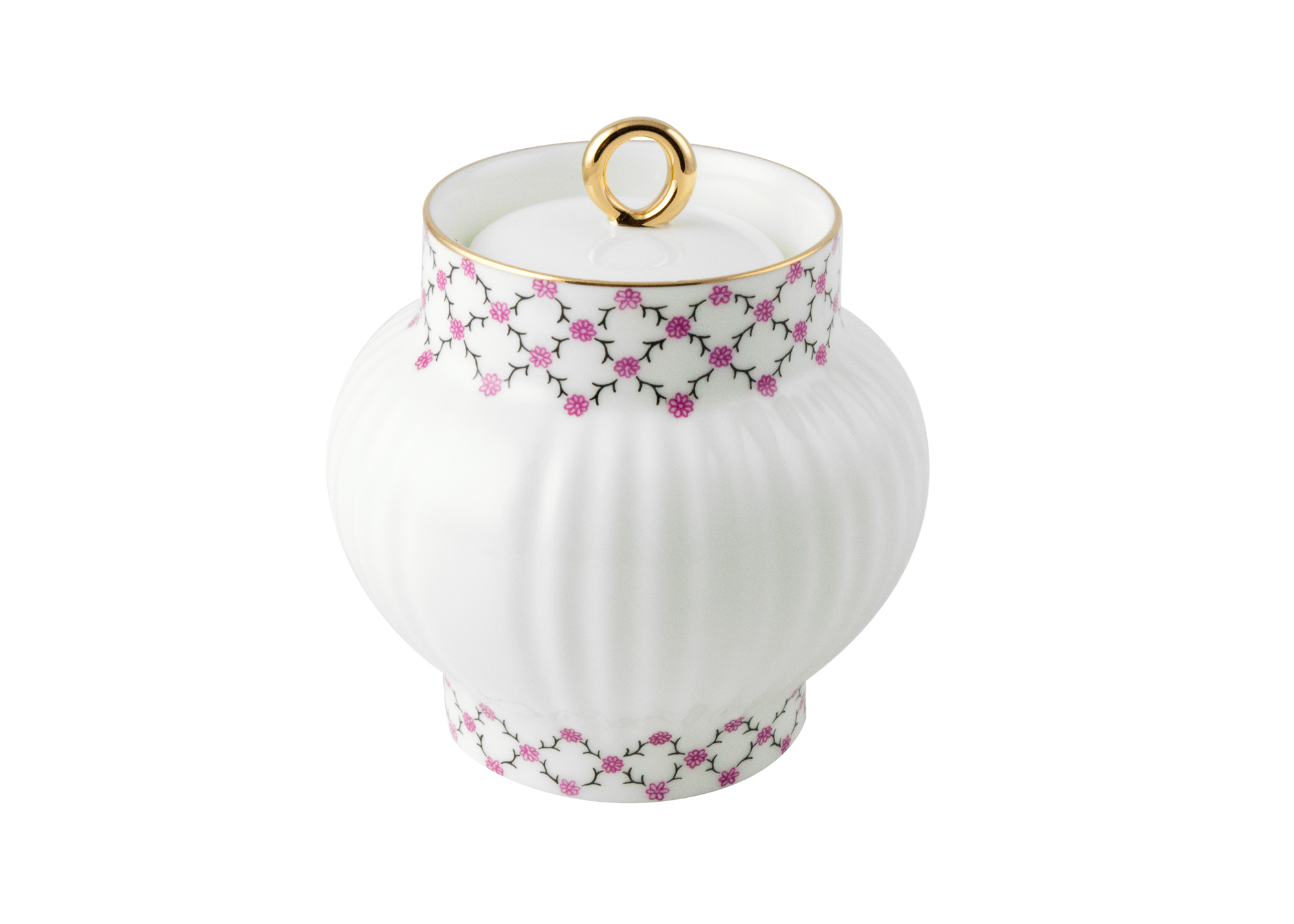
Bone porcelain’s strength is between that of hard and soft. It is made (as one might guess) by adding animal bone ash to the clay. Some say that the creation of this type of porcelain is the result of a miscommunication. In China, the porcelain clay was often metaphorically referred to as the “bones,” and the finished product the “flesh.”